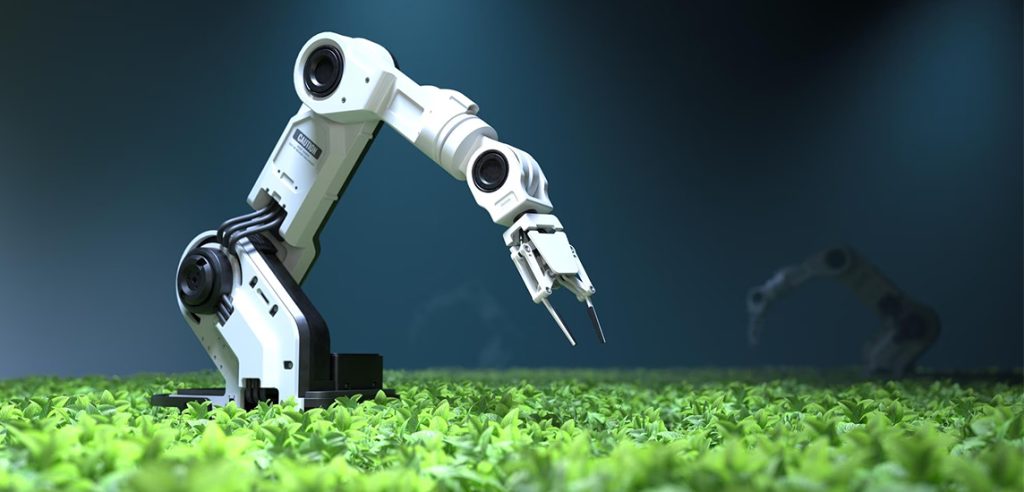Footprints of Industrial Revolution 4.0
Industrial Revolution 4.0 (IR 4), the buzzword in many speakers’ vocabulary across the past events I’ve attended in recent months. The spotlight on IR 4 and its eco system is about digitalisation of everything we use today from work to play. Recently I caught a biographical thriller series on Eli Cohen, an Israeli Mossad agent sent to Syria which could not have been more apt to showcase technology usage at its most basic form. Suffice to say he managed to achieve most of his goals however he was eventually caught red handed communicating to his agency via Morse code. Comparing that to today in 2019, and in the middle of IR 4 and the Internet-of-Things; the technology options available to us to go about our life is simply mind boggling.
With the advent of IR 4; cloud, artificial Intelligence (AI), autonomous driving and of course IoT have been trending words bandied around to describe the aftermath of digitalisation of the economy. We have been so fixated with all these trending technologies that it’s easy to forget that the fundamentals of all these high tech mumbo jumbo is your humble yet still relevant personal computer. According to 2018 report by the Center for Sustainable Systems, University of Michigan, the number of PCs in use worldwide is more than 1 billion units since 2008 and touching 2 billion units today. That’s a massive amount of computers and I am sure many of you are not aware that the manufacturing process of a personal computer represents up to 85% of its entire lifecycle energy demand while for smartphones their manufacturing energy demand is up to 60% throughout its useful life.
The same report also states that the energy burden of a typical computer used for 3 years is 4,222 kWh. Taking that into consideration since most computers in an enterprise environment has a typical lifecycle of 3 years, the energy generated from the manufacturing process itself for a computer equates to CO2 emissions emitted from the charging of 380,700 smartphones or carbon sequestered by almost 50 tree seedlings grown for 10 years. Clearly this is an environmental and long term sustainability challenge which we all need to address more so with the current climate change effects already bearing down upon us. Add that with the current smog pollution we are facing, any steps taken to reduce CO2 emissions is a responsibility we all need to take seriously.
So how can we ordinary folks do our part as a responsible citizen of the world? Start small and take baby steps to improve your knowledge on climate change. Understand what causes this global phenomenon and identify changes which you can make fairly quickly and easily in places you spent most of your time in i.e. your home and office comes into mind. Since I am an active proponent on proper IT asset lifecycle management, one of the best methods I could suggest is to take the trinity of R’s approach of Reuse, Remarket and Recycle. I have intentionally removed ‘reduce’ as this term personally does not resonate in today’s business environment as technology innovation for productivity is the main driver for any industry and it’s challenging to set limitations to this approach.
A typical PCs lifecycle journey within an enterprise would include planning on the right processing power with customised specifications driven by business requirements, acquisition by either purchase of more commonly today, by flexible leasing agreements, deployment of assets with application bundles, support maintenance and management of assets with proactive tools and lastly, secure disposal of assets with industry standard data erasure to ensure data security compliance. The implementation of the trinity of R’s within an enterprise ensures PCs that have reached its end of life within an organisation can go on to gain new purpose, based on its ability to fulfil productivity requirements in different areas which has lower computing requirements.
These processes dramatically lower the need for unnecessary forced disposal of IT assets which could otherwise be reused or remarketed. Selecting the right IT asset lifecycle management partner will be crucial to ensure these processes are done correctly and responsibly. Rentalworks Group is a leading provider in sustainable ICT asset lifecycle management services. We have assisted enterprises and government agencies to navigate their IT asset lifecycle from IT planning, acquisition by leasing, deployment management and asset maintenance and secure disposal processes in a responsible manner. Observing the trinity of R’s approach ensures the lifecycle management of tens of thousands of ICT assets like PCs, notebooks, smartphones, tablets and tech wearables would be in the most sustainable manner.
Article by:
Alan Puah
Managing Director

